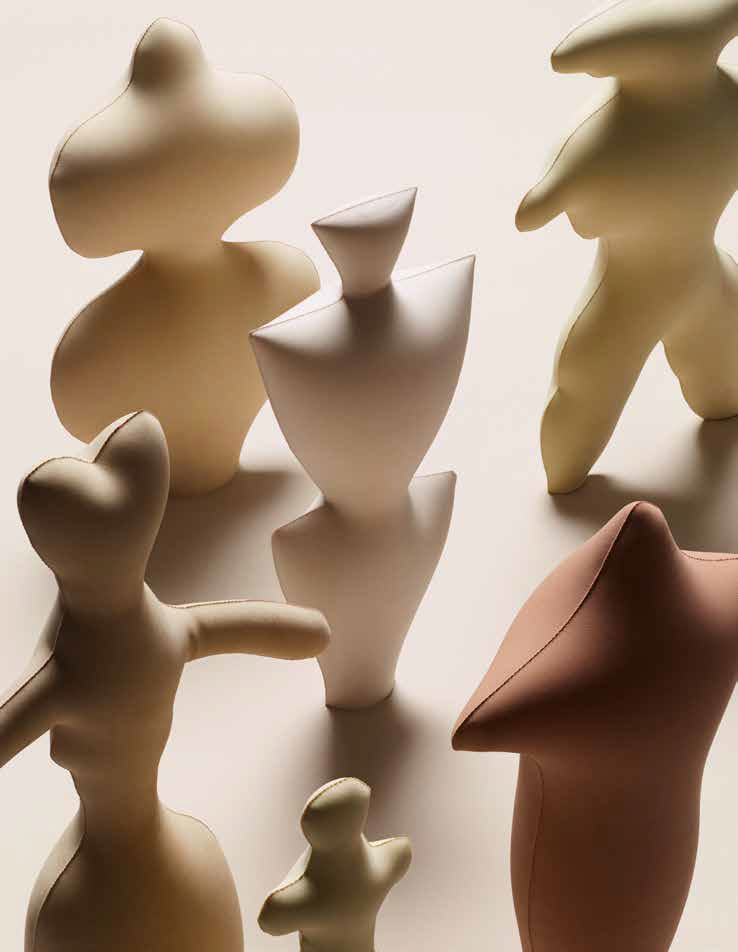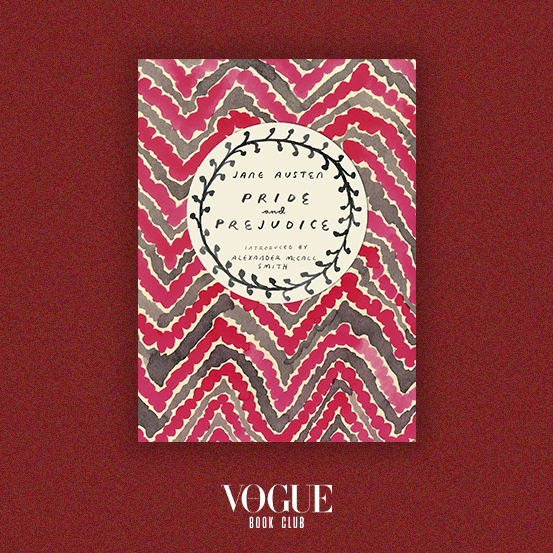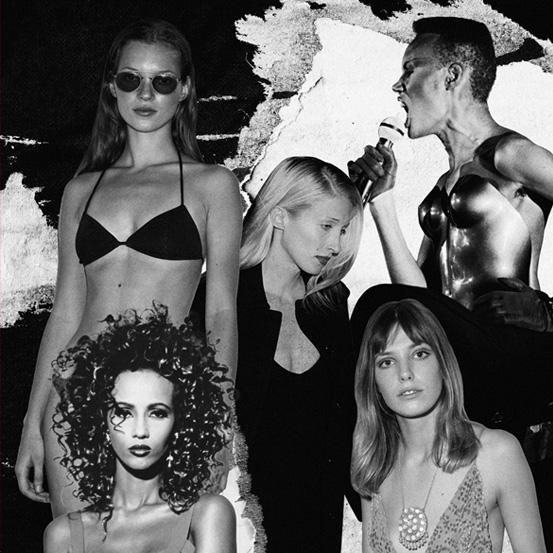On the battlefield of body acceptance new frontiers emerge. After body positivity, body neutrality is the new movement that goes beyond the body so that we can make peace with it. But is this the solution?
On the battlefield of body acceptance new frontiers emerge. After body positivity, body neutrality is the new movement that goes beyond the body so that we can make peace with it. But is this the solution?

Do you love your body? For most people the answer is not easy or literal. Our relationship with our body is complex and it is difficult to summarize it to an answer that is simply affirmative or negative. More and more concepts are emerging to define how we can see our body and live in peace with it. However, what if the solution is to remove the attention we give to our body and focus beyond it instead? This is one of the premises of body neutrality, the concept that has been getting stronger in recent years and that offers an alternative to the well-known body positivity, which advocates the idea that we should love our body, just as it is. For Anuschka Rees, forcing ourselves to love our appearance is a reflection of the society we live in. "I would describe my relationship with my body as appreciative and healthy, but I would never say that I 'love' certain parts of my body - in fact, I am quite against the belief that a healthy body image means 'loving' our appearance. I don't ‘love’ my thighs or my breasts any more than my lungs or my sense of balance. The idea that we should strive to ‘love’ our appearance is just one more product of how we, as a society, overvalue beauty.”
Graduated in psychology, Anuschka decided to write her latest book, Beyond Beautiful, as a form of self-therapy after having spent much of her twenties on diet after diet, as a beauty fanatic and comparing herself with others on Instagram. The book is a practical guide to being happy and confident in a world obsessed with image. “Everything in our culture suggests that a woman's value depends on her appearance. This, associated with unrealistic beauty ideals, means that many women feel insecure about their appearance and convinced that their lives could be better if they were more beautiful”. For the author, the fact that women are the ones who suffer most from problems of body acceptance has great social consequences. “I spoke to over 600 women for the book, in addition to many experts from different fields and one of the main lessons I’ve learned is that body image is far from a trivial issue - it’s a feminist issue. Yes, more and more men also have body image problems, but on the whole, women still struggle a lot more with their appearance and this has very real consequences that contribute a lot to gender gaps. For example, studies show that girls are less likely to raise their hands in the classroom when they feel insecure about their appearance. At work, women are less likely to ask for a raise in salary”.
To Vogue Portugal, Anuschka explains that “body neutrality is a social movement whose objective is to reduce the great significance that is given to physical attractiveness in our society. It goes beyond body positivity because it not only contradicts the ideals of beauty of our time, but also all aspects of society that continue to promote beauty as essential, as something to be achieved, and the appearance of a person as indicative of his/her value”. In her perspective, to look at body neutrality as the simple idea of feeling neutral in relation to our body is a reducing and wrong view of movement. “The goal of body neutrality is not to feel 'neutral' about our appearance. We will always like some parts of our body more than others; in some days, weeks or years, you will find yourself more attractive, in others not so much. The goal of body neutrality is to neutralize the impact that the way you think about your appearance has on your life, your well-being and your decisions”.
Sara Taveira, a clinical psychologist at the Oficina da Psicologia, also states that body neutrality goes far beyond our appearance. “Body neutrality is a movement of body self-acceptance, of valuing our diversity as individuals, where appearance is not synonymous with our personal value, but only a small factor, which is very much influenced by trends and societies. Our beauty and personal value are now branched by various components of ourselves and not just by the outside, namely by appearance. This movement is about taking the focus off the body by focusing on other areas of personal appreciation, in a more malleable perspective of our self-esteem, and not as rigid and extreme as 'I love or I hate'. From the point of view of mental health, body neutrality has several benefits, with some experts arguing that it may be more beneficial than body positivity. Sara Taveira clarifies. “I don't know if it is easier or more difficult, because all of this is subjective and very individual. What research has shown us in recent years is that, without a doubt, acceptance is the first step towards change, that cognitive defocusing allows us a more comprehensive reflection of all components. It is like enjoying a painting 30 centimeters away from it or two meters away. And that more malleable patterns of seeing ourselves, others, and the world around us, seem to bring more well-being and psychological health”.
But where should we start? For those who want to practice body neutrality, the psychologist explains that the first step is to understand the way we normally view our bodies. “Above all, we need to be aware of these procedures and automatisms within us, of the feelings and thoughts associated with our experiences and in this case specifically, our experiences with our body. By acquiring this awareness, forcing us to stop our 'psychological autopilot', we can then identify when we are being critical of ourselves, categorize that criticism, defocus from it and replace it with more adaptable thoughts about ourselves.” Objectively, another way to put body neutrality into practice is by assessing the reasons behind our diet and physical exercise. “A very concrete way is, for example, to play sports or eat healthy for the pleasure it gives us, because it makes us feel good, instead of 'because we have to do it' or with an excessive focus on weight loss or body sculpture. Let alone exercise to count calories, but adopt an attitude of just enjoying the present, the here and now.”
Healthy mind – any body
It was exactly to change the way many women see fitness that Tally Rye launched her book Train Happy, an intuitive exercise guide for all bodies. “I felt that there was a big conversation that needed to happen in the fitness world. So many people I had interacted with, myself included, had fallen into many pitfalls on their fitness journey and I wanted to help them avoid that. For a long time, I linked being healthy to losing weight and so I used to change the way I ate and exercised in order to lose weight. This became obsessive and unsustainable and, what I didn’t get, was that health does not mean sit-ups. Health is multifaceted and exercise is just one part of a big puzzle.” According to the English personal trainer, being healthy or fit does not fit into a single model. “It means working with your body to feel the best you can. This will be something unique for each individual, especially for people with disabilities, chronic illnesses and with mental health diagnoses that often do not fit the 'health' standards they see. I think the most important thing is to use self-care to do what is best for you, looking at mental health as the priority.”
On social media, Tally speaks honestly about her journey of personal acceptance and advocates an individual and intuitive approach. “I think that we live in a society that objectifies bodies, especially those of women. This is largely due to patriarchy and the body and beauty standards it promotes. All of this has only been exacerbated by social networks, which are increasingly obsessed with the image. Now, we don't just have celebrities to compare ourselves with, we now have influencers or even our friends.” To her, body neutrality is not about how we classify our body, but about the importance we attach to it. “It is not about loving or hating our body, but about finding an ideal spot where you accept it, respect it, but it is not something you are thinking about all the time. It’s understanding that my body is just the shell in which I live and that the most important part of me is how I am inside and how I choose to show it to the world”. Tally believes that body neutrality can be a more realistic alternative to the positive narrative advocated by the body positive movement. “I think that for anyone who has hated your body and fought it for a long time, the idea of suddenly waking up and loving your body can be completely unrealistic. Instead, body neutrality helps to take the focus off our body and reach a point of acceptance so that we can use that energy and mental space to look for other things that we are really passionate about”.
Positivity, in the correct measure
The body positive movement started in the United States during the 1960s to show the barriers that fat people faced, rejecting the culture of weight loss diets and surgeries and claiming rights for those who were overweight. According to Time magazine, the word “fat” was, at the time, re-appropriated by women in the movement to be used as a description and not as a form of insult. Years later, the concept gained new strength through social media, with many women using it to define their relationship with their body. From then on, it wasn't long before brands started using body positivity to their advantage. Stephanie Yeboah is an activist for fat acceptance, a concept that promotes the acceptance of actual fat. “Fat acceptance is the social movement that aims to change anti-fat ideas in social attitudes by raising awareness of the obstacles that fat people face. Not only from an aesthetic point of view, but also legal, medical, economic and social”, she explains. The fashion and lifestyle blogger adopted the term after feeling that the body positivity movement no longer made sense to her, as she no longer saw herself represented in it.
“Before the movement was acquired by brands and the media, body positivity was a safe space for fat women to celebrate their bodies, share their stories and celebrate the uniqueness of their appearance. The movement was initially created by fat, black, Jewish women, but now the movement has become widespread and has become saturated beyond the point of return. The movement now predominantly exists as a site for privileged bodies, where the bodies that founded the movement are constantly marginalized and ignored. The body positivity movement created a whole new pattern of beauty that is predominantly white, with a tummy, big booty, small waist and wide hips. Nowadays, the movement celebrates fat women, but the small sized ones, that still have sex appeal to the masses, as opposed to celebrating fat people who are often marginalized and despised by our society.” Regarding body neutrality, Stephanie considers it good, despite not being part of it. “In theory, body neutrality would be an excellent model, since it is based on seeing our body as a vehicle and an entity that serves to keep us alive, without adding any kind of positive or negative feeling. This would be the ideal concept to follow in our daily life. However, body neutrality cannot work as long as there is still fatphobia, the hatred of fat. If there was no such hatred, perhaps people would feel more secure about their bodies, and there would be no need for forced positivity because we would not see our bodies as tools of hatred.” Stephanie considers that body neutrality depends a lot on the type of body we live in. “I think that body neutrality is easier to adopt for people who live in a body that is socially accepted. If you live in a body that is still subject to hate, discrimination and negativity, then it becomes more difficult.”
Put labels aside
For Portuguese model and influencer Catarina Corujo, trying to define body acceptance in different ways can be counterproductive. “Honestly... when there are many concepts around the same thing, we make the mistake of categorizing people again. In theory, [body neutrality] is a great concept, in the sense that it recognizes not only the positive but also the negative that we consider to exist, which means it's okay if you don't like your thigh as it is, just do not condemn yourself for it. This concept arose out of a need to relieve the pressure of always being optimistic about the body we have. This is by far the reality: not even the most positive person is always optimistic! And it's okay if you don't like something about yourself, it's okay to accept that and embrace your individuality and the same goes for wanting to change. That’s it for me. Respecting who we are, aiming at who we want to be... for us, and not because of external pressure.” Catarina is one of the main voices for body acceptance in Portugal. She describes the acceptance of her body as the "roller coaster" of her life. "I suffer from vertigo, but it has been the craziest and most volatile trip I have ever taken, without a doubt."
In her Instagram account, she inspires her almost 29 thousand followers to accept themselves as they are, something that makes her feel grateful and happy. “This process is a joint battle, I am very open about good things, but I am the same when it comes to bad things and I like having people around who identify with what I am going through and who can help me to be the best version of myself - and no, I don't want to be perfect, just to give my best. It is very easy to talk about massages and make-up, but it is not so easy to talk about the weight of getting out of bed on a bad day, the effort involved in countering a cruel thought about yourself, how much you have to counter to allow yourself to be vulnerable. It is not that easy to look at myself in the mirror and tell me that I am enough, that I am beautiful, that I have value. It is not easy to stop my thinking and be alone with my darkest thoughts. Self-love is more than bubble baths, it is confrontation, it is comfort, support ... It’s rescueing ourselves.”
Between positivity and neutrality, Catarina prefers to leave concepts aside and look at the message she considers most important. “When it comes down to it, I prefer to refrain from categories and say out loud: you are who you want to be, flaws and virtues included - and that is and will always be... beautiful. I never felt the pressure of constant optimism associated with the concept of body positivity, but I felt the pressure of having to respect an 86-60-86 standard size for years and it hurt enough the weight of the stigma, the stereotype, the categories. Enough. Let us be free.”
This article was originally published in Vogue Portugal's Freedom issue, from April 2020. Para ler este artigo em português, veja a edição de Liberdade da Vogue Portugal.
Most popular

.jpg)
Para Daisy Edgar-Jones, o fascínio pela beleza começou com o blush da sua mãe
08 Jan 2026

Relacionados





